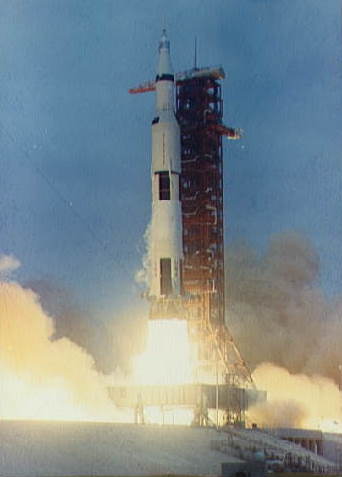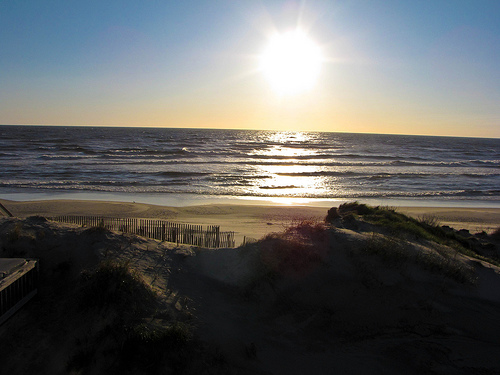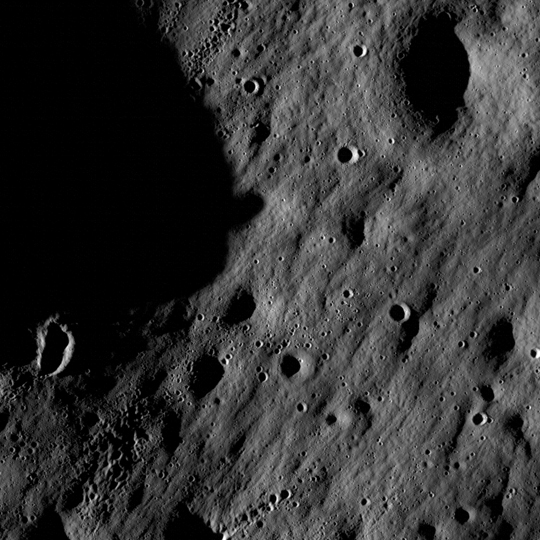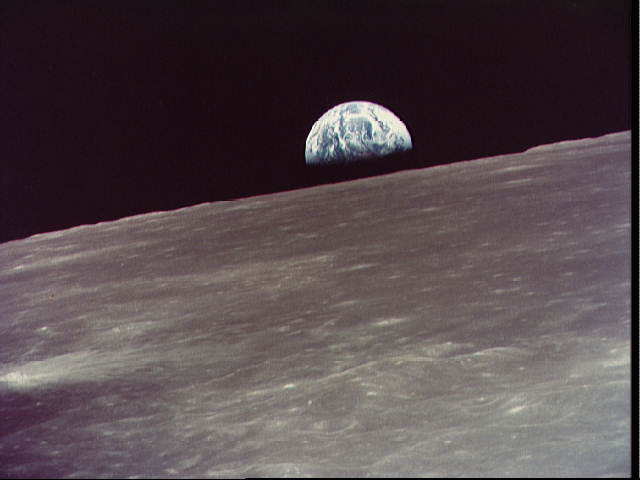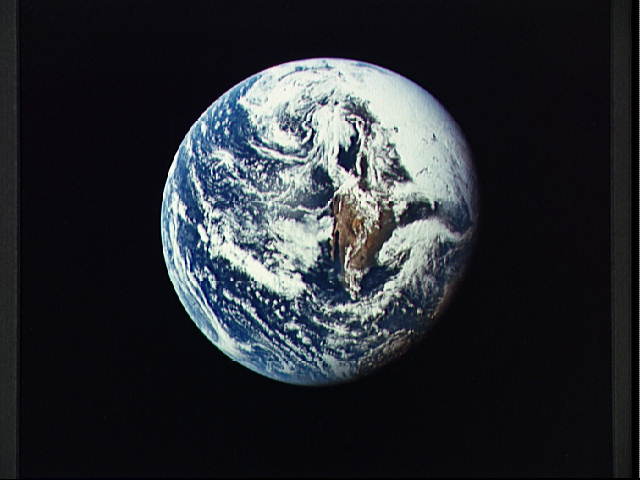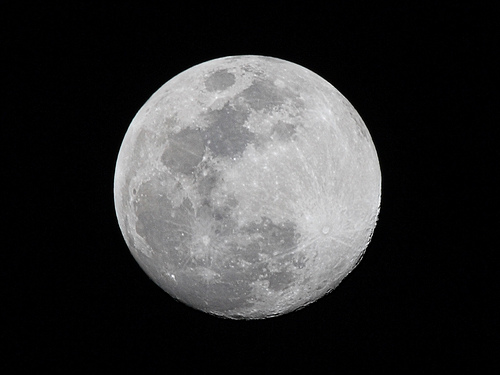Thirty years ago today — July 9, 1979 — Voyager-2 made its closest approach to Jupiter. Voyager-1 had already visited the planet on March 5, and was on its way to Saturn. After Voyager-2’s flyby of the gas giant, it also headed toward the ringed planet.

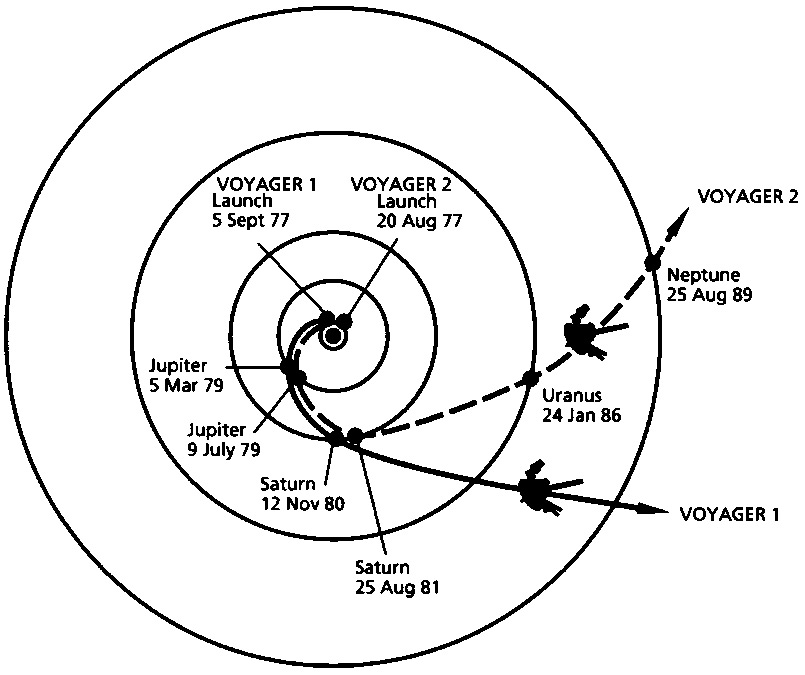
(Voyager spacecraft and trajectories. Click to enlarge. Images from NASA.)
In August 2007, 30 years after its launch on a Titan-Centaur rocket, Voyager-2 entered the heliosheath, that “region at the edge of our solar system where the solar wind runs up against the thin gas between the stars.” Because it entered the region far away from where Voyager-1 did, it proved that the region is not spherical but is “pushed in closer to the sun by the local interstellar magnetic field.”
The Voyager spacecraft represent a marvelous engineering achievement. Built to last five years, they are still probing the mysteries of the local interstellar neighborhood.
You can read more about the Voyager missions on this NASA page.









